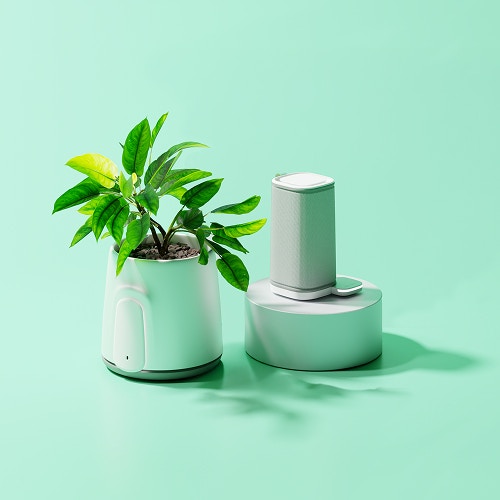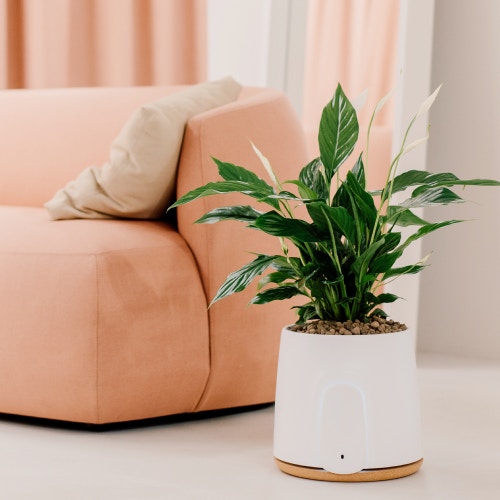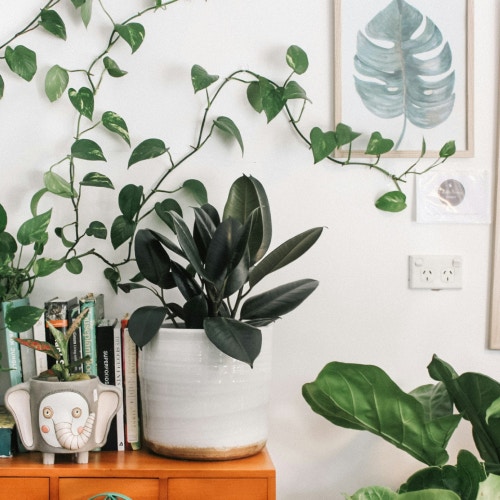
No more hide and seek: sources of indoor air pollution in your home
→
Did you know that there are more than 60 sources of indoor air pollution? But unlike mold and radon, which are produced naturally and are less likely to be controlled, most toxic agents come from products we bring at home without knowing their true nature of natural-born polluters.
As we have seen from the many wildfires that spread all over the world last year from California to the United Kingdom and Australia known as 2018 wildfires season, air pollution has become a well-known concern. This has led to more attention also to indoor air pollution, which according to EPA and World Health Organization should be one of our biggest concerns as we spend 90% of our lives inside our home and office.
Sources of indoor air pollution
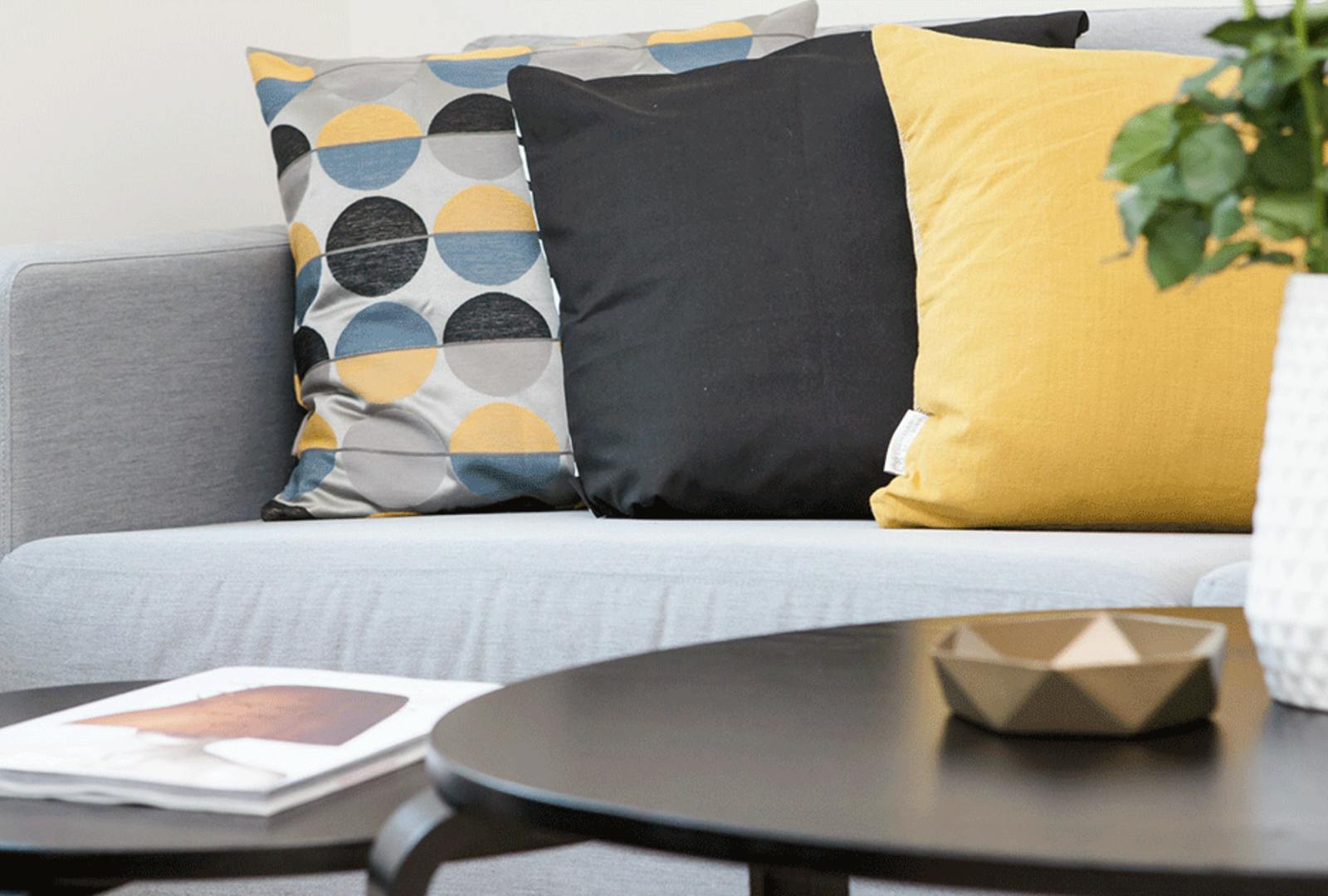
Indoor air pollutants in the living room
Usually, living room along with kitchen is a place of conviviality and most of all a place for staying together with your beloved: laying in the sofa, cuddling your pet, playing with your children on the carpet or simply watching a movie together.
Did you know that all the furniture you have, creates new VOCs every day (especially if made of compressed wood)? Due to glues, varnishes and other substances that give the beautiful aspect along with functionality.
Sofa, armchairs, and carpets are guilty too! The greatest sources of dust in the room are them. Make sure to vacuum them properly. An important source of airborne chemicals in the living room is the fireplace. By combustion, in fact, it produces lots of CO (Carbon Monoxide) a color and odorless gas. As this gas is extremely toxic, make sure it is properly vented and check the chimney regularly.
Another CO source is tobacco smoke, that in addiction produces a generous amount of other dangerous chemicals. Don’t smoke indoors even with the open window because it can affect also your beloved. Moreover, your little cat that purrs when it sees you and you love cuddling may be a source for allergies, but you don’t need to get rid of it to have fewer pollutants indoors, just use the vacuum more often and don’t forget to brush it!

Sources of air pollution in the kitchen
The kitchen is the place where we can express love for ourselves and our beloved ones through special plates we decided to cook. For someone is also a place for studying. But did you know that it is one of the most polluted places at home? The most important source of airborne agents is the stove. Whether you have the electric or the gas one, it is always a source of combustion as it produces carbon monoxide.
Along with it, there is always the kitchen range. It may solve the problem of pollution from cooking, but only if you keep it well clean and controlled. When we cook, we produce organic waste that we keep closed in specific bins. It may produce unpleasant odors, attract bugs and produce mold, so keep it checked regularly and throw them in the specific outdoor dumpster.
Linked to the previous source, air fresheners that are usually sprayed to cover the odors from cooked food produce chemicals too. As they are extremely toxic for your body, open the window to change the air instead of using scented fragrances that only cover the odor.
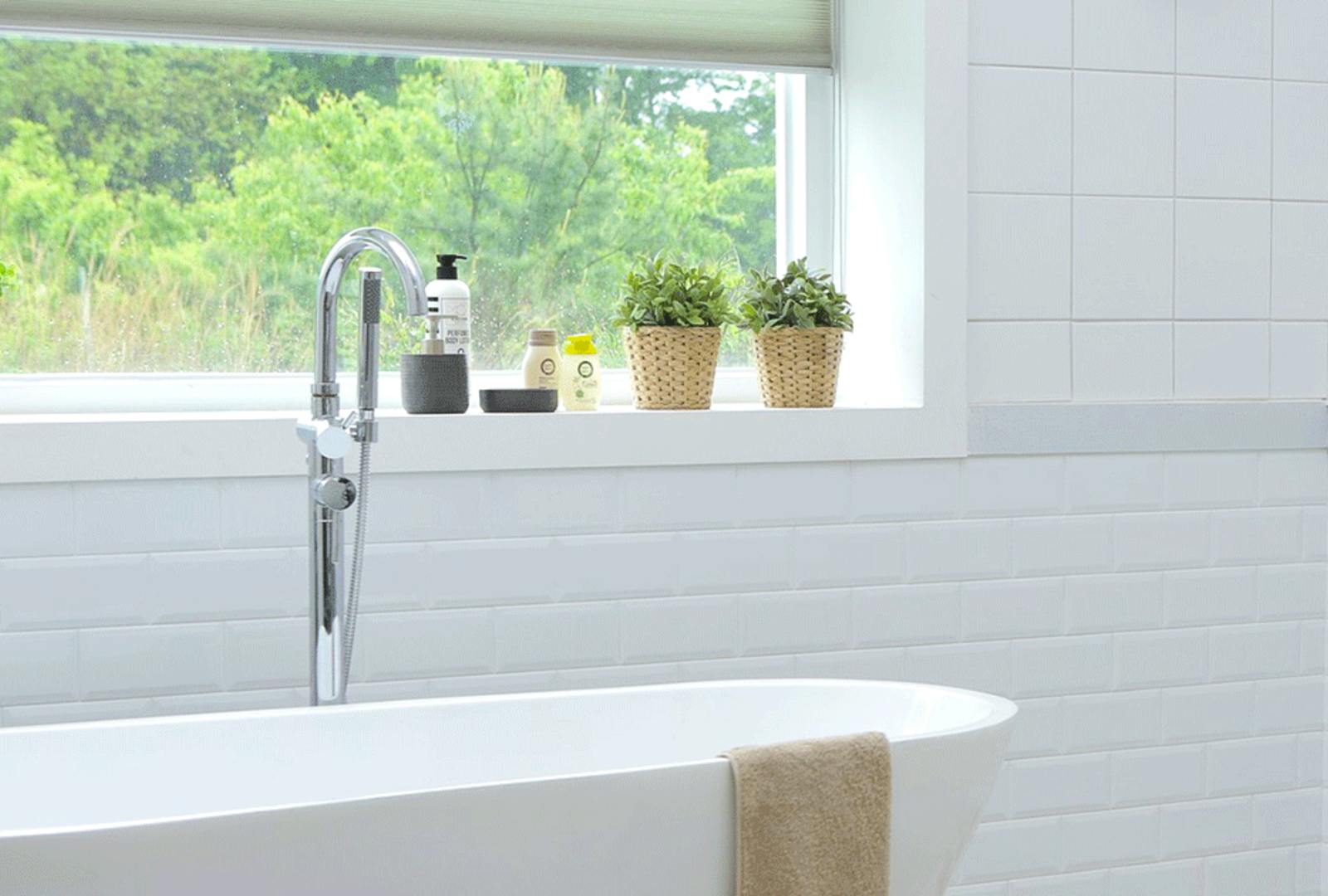
Indoor air pollution in the bathroom
Like every room in the house, the bathroom has its pollution sources too. The shower, for example, is the source of both chlorine and mold. When you clean the bathroom avoid products that are full of VOCs and other toxic chemicals and as soon as you finished your shower ventilate the room to prevent mold.
Some beauty and personal care products produce pollutants. For example, dry shampoo, hairspray, nail polishes, perfumes, deodorants, solvents, etc. There are lots of eco-friendly alternatives with which you can replace them. Your lungs will thank you!
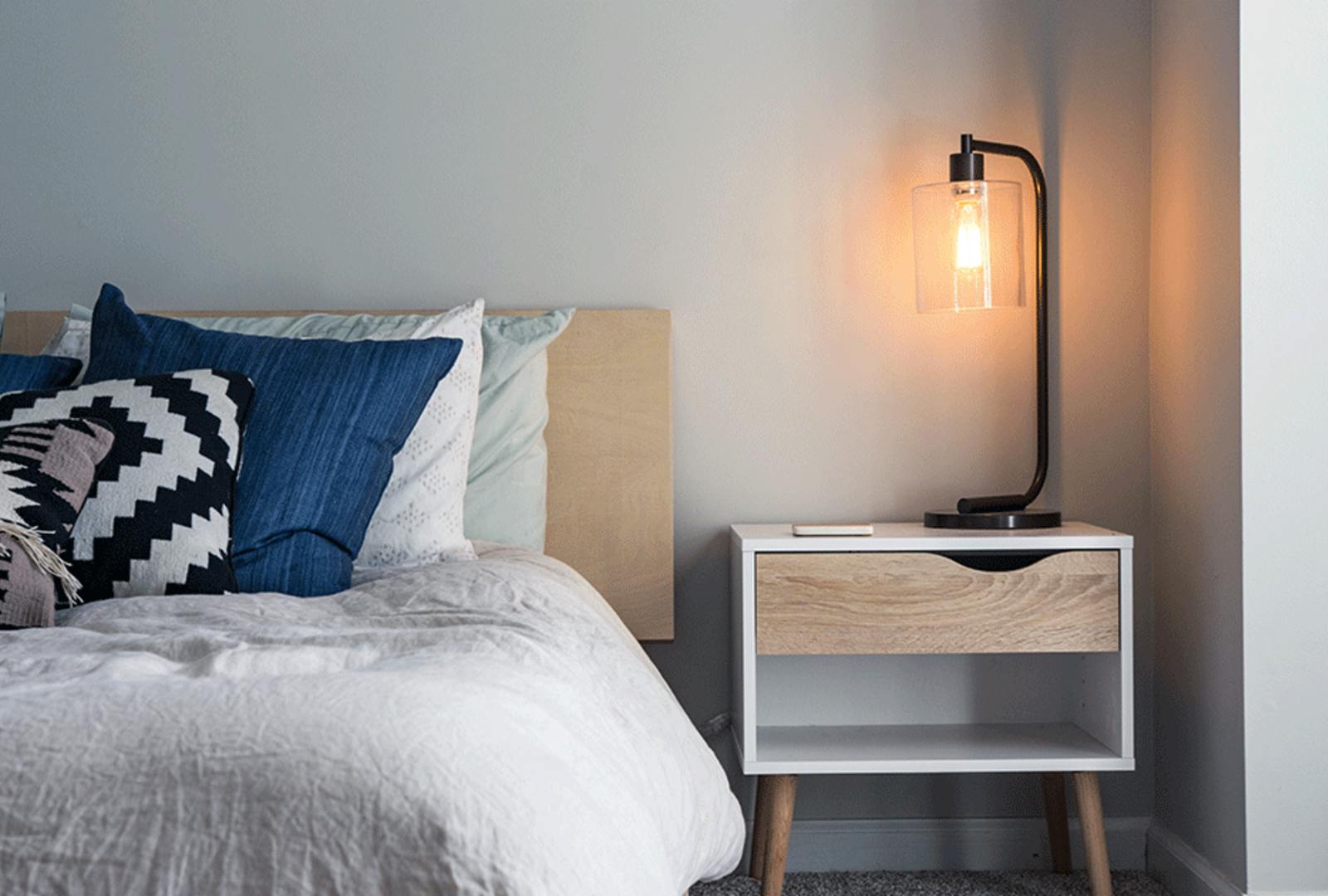
Sources of air pollution in the bedroom
Sleeping is important to us as it will affect our productivity and our mood. Pollution can worse it and we can feel exhausted and less productive. You now know that both your cabinetry and your mattress produce pollution and that you need to vacuum them. As you may have imagined, also scented candles produce pollution.
But what is missing that produces pollution in the bedroom? The answer is you! In fact, when we sleep, we release Carbon Dioxide as a consequence of our respiration process. To get rid of it, vent your bedroom every day. It will help also to get rid of mites and you’ll sleep better. Moreover, placing in your bedroom an aloe vera will release oxygen at night!

Air pollutants in the garage and laundry room
These two rooms are usually employed to store the most toxic chemicals (varnishes, cleaning products, and paint) that we don’t want to keep inside as it’s well known they are dangerous. Check the packaging of the chemicals and make sure to follow all the steps while you are using them. In case you don’t need them anymore you can get rid of them properly by following the instructions. Ventilation may help to get rid of airborne pollutants.
In the garage, there are also cars which produce carbon monoxide. Don’t open the garage only if you need to take your car! Changing the air can prevent lots of respiratory diseases especially if you love to DIY. In addition, don’t dry your clothes in the laundry room, the humidity may stimulate the pullulation of molds and fungi. Put them outside or in a place where they don’t absorb chemicals.
Indoor air pollution in the attic and basement
These two less frequented rooms used for the water heater are full of dust and mold. They are also very difficult to ventilate as they are without windows. Vacuum them and avoid a long permanence inside. The insulation may lose a material called Asbestos, a mix of silicate minerals that is carcinogenic and may reduce lung capacity.
Now that you discovered the most important sources of indoor air pollution, don’t start to get rid of everything you have in your lovely home. You just need some attention to what products you bring at home and to add a solution that can help you in your purpose of staying healthy indoors like Natede.
What is the best solution for your indoor air pollution?
Natede Smart is a natural and sustainable air purifier with a monitoring system that uses the power of plants and nano-materials to remove indoor air pollution. Unlike other air purifiers, it doesn't collect toxic agents inside the filter but eliminates them safely.
We created Natede, an air purifier that boosts plants' capacity to eliminate pollutants thanks to cutting-edge technology. The technological core pumps the air through the roots, where harmful substances are converted into nourishment for the plant. It eliminates up to 93% of VOCs.
Natede is smart as it connects to your home Wi-Fi and you can manage it from your app. Thanks to it, you can monitor indoor air quality, temperature, and humidity in real time.

